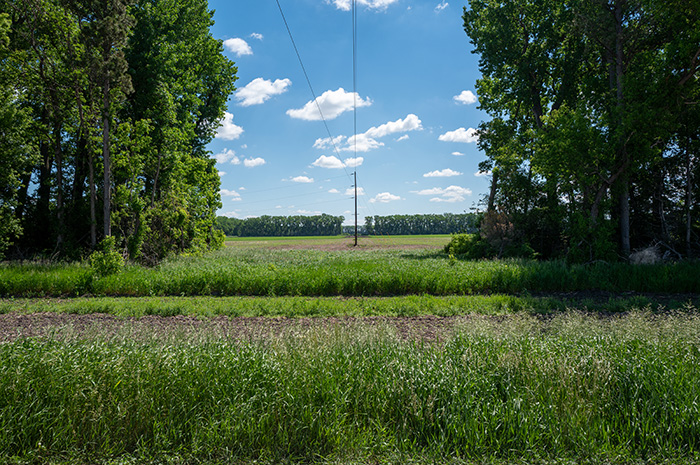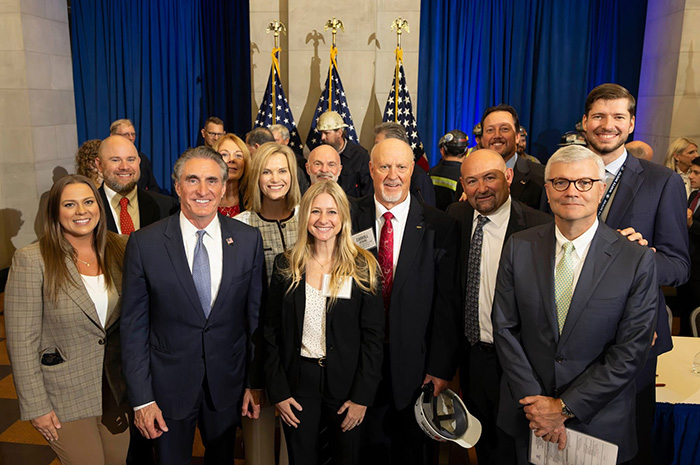Robots in the dairy barn
Red Lake Electric Cooperative member JW Vett Farms is finding enhanced dairy efficiency in a new automated facility.
Imagine your workplace had touch-activated back scratchers, robots that brought you food every few hours, water beds for resting and free Starbucks for a job well done. That kind of environment would likely increase your productivity.
A step into the JW Vett Farms dairy facility reveals just this kind of cutting-edge oasis. For cows.
As a cow sauntered into one of eight automated robotic milking bays, co-owner Wyatt Vettleson explained her heightened work ethic.
“They're getting a shot of feed in there. It’s like when you get coffee in the morning; that gives you your jolt to go. It’s the same thing. It's giving the cows energy,” he said. He mentioned that this sneaky bovine had already recently been milked, so the doors would automatically open and let her through. “She got her bite of feed. She’ll probably go right back through again,” he laughed.
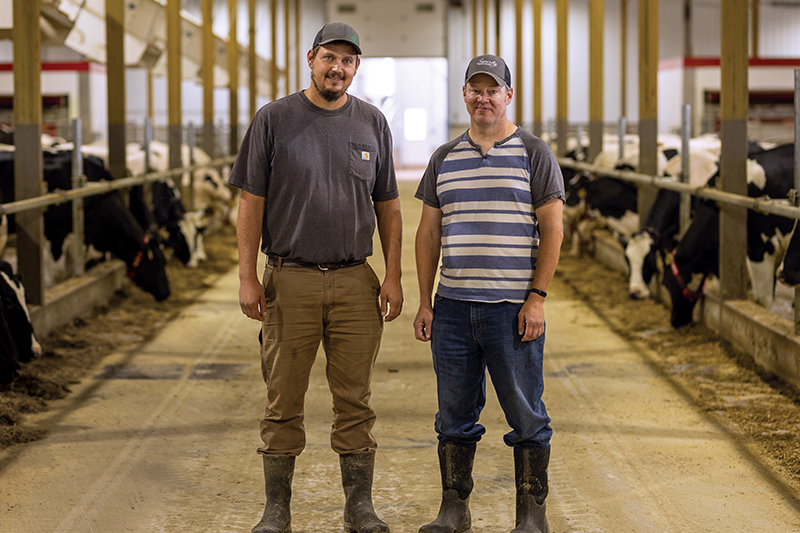
Wyatt, along with his cousin, Josh Vettleson, opened their robotic dairy farm in Trail, Minnesota, in May 2025. The two grew up working at Wayra Dairy, a longtime operation run by Wyatt’s parents, Wayne and Deb. The cousins bought into Wayra Dairy in 2018, and as retirement neared for Wayne and Deb, Wyatt and Josh started envisioning a more modern future for the farm.
After years of research and dairy convention connections, the Vettleson cousins broke ground for a new state-of-the-art dairy facility, just south of the old Wayra Dairy barns. Completed less than a year later, JW Vett Farms incorporates the old milking parlor of 120 cows and a new robotic facility that houses 440 more.
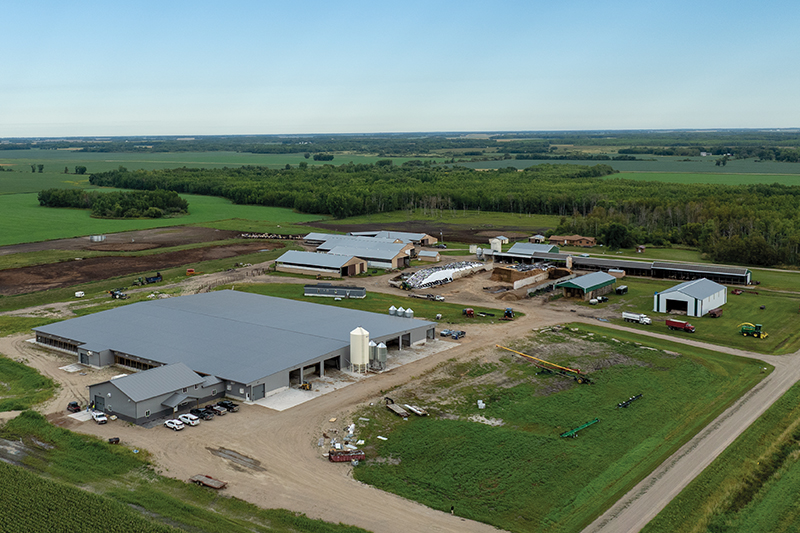
“We started milking on May 20. It was my sister’s birthday, which was kind of funny,” Wyatt recalled. “I’ll always remember it that way.”
Dairy data
JW Vett Farms worked closely with Leedstone, a regional provider of robotics and automation equipment built for dairy farms. The new facility features eight robotic milkers, two automated feeding systems with four mixing and feeding robots, six robotic barn cleaners and a large cross-ventilation system to keep the barn cool and free of flies.
The automation of everyday processes was one of the primary reasons the Vettlesons invested in the new facility. Wyatt says it’s becoming increasingly difficult to find people to work in dairy in northern Minnesota, and the cost to pay them continues to climb.
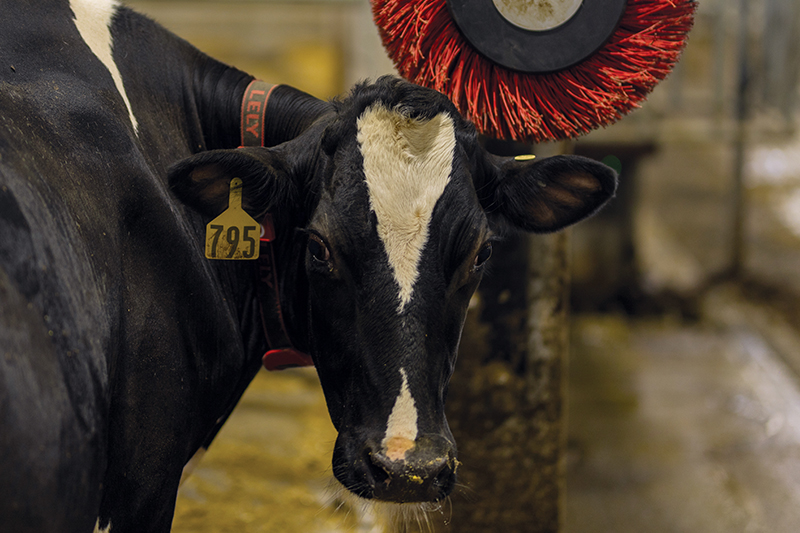
But Wyatt and Josh quickly realized an invaluable additional benefit of the system. Every cow is given a radio-transmitted collar that tracks every visit to the milking bay, how much milk is produced, how much they eat, how long they rest and other recordables.
“The data is key,” Josh said, adding that they no longer need to physically be in the parlor every morning and night, as they have a camera system throughout the barn. He pointed to a screen in the office, showing several live images that can also be monitored by smartphone. “You can sit down here for 10 minutes and look at everything you've seen in a parlor. It’s all on there, with alerts. It’s a lot to learn, but it’s all there.”
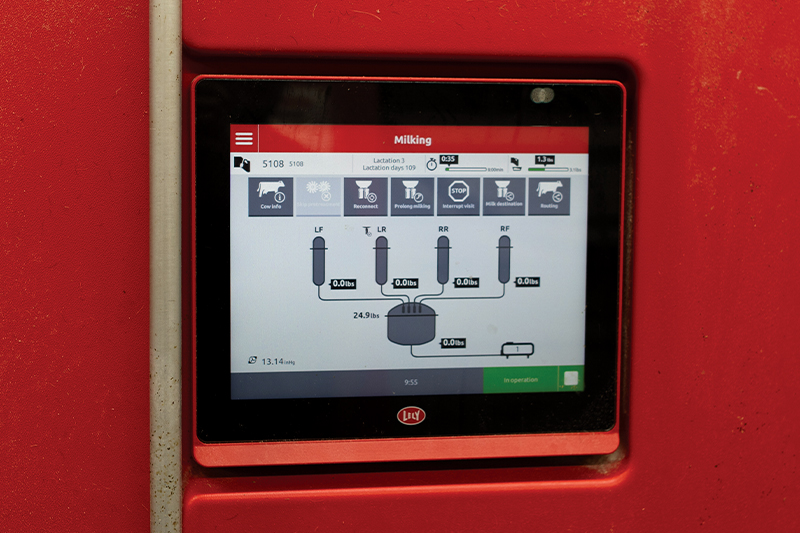
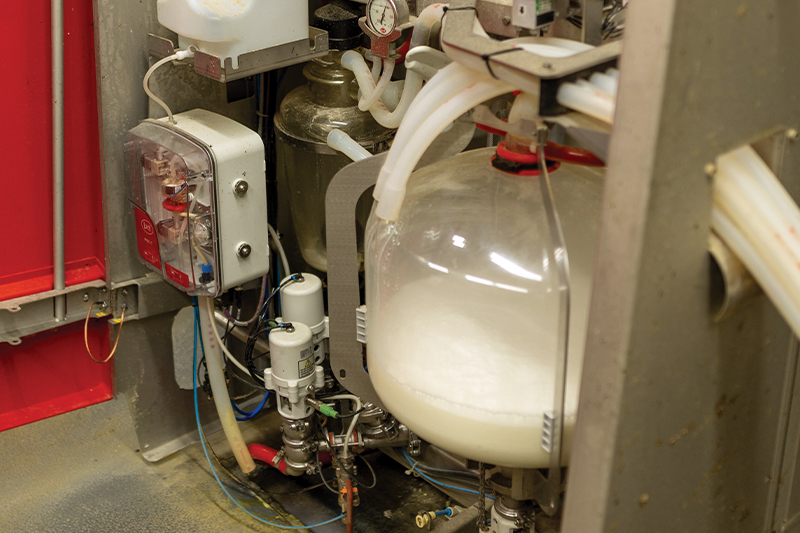
As much as the high-tech system has boosted productivity for the Vettlesons, the cows are also benefitting from the new digs. The floor is constantly cleared of manure by robots, the resting areas are outfitted with water mattresses and neck-rail pillows, and several automated cattle brushes await the backs and rumps that need scratching.
When it comes time for milking, the cows enter the milking bays when they feel like it. A three-layer laser system scans the udders for a gentle brush cleaning and then attaches the milking cups quickly and accurately.
“The cows have adapted to it extremely well, as far as entering their robots on their own,” Josh said.
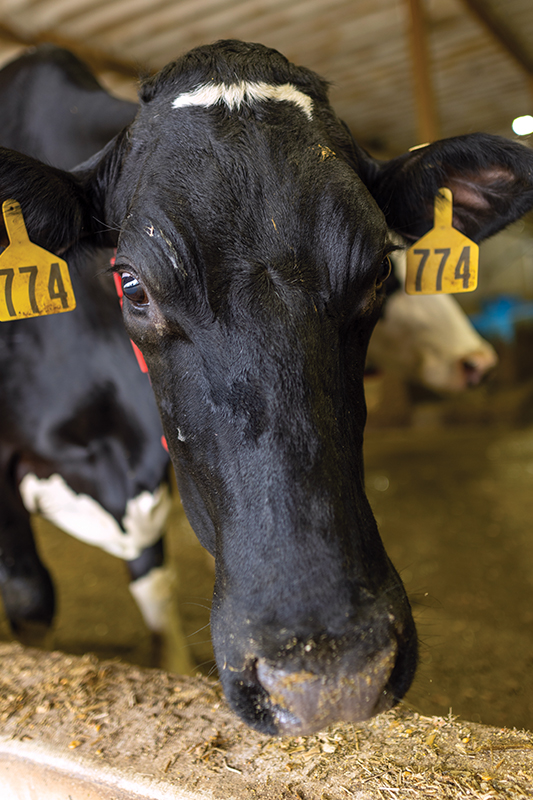
“They're just happy. Cows chew their cud when they're happy, and we can see all that data. We look on here to see what the rumination time is for them,” Wyatt said, referring to the information on his screen.
Using the data they’ve collected so far, the cousins have recorded a nearly 10% increase in milk production during their time in the new facility. And they’re not sacrificing quality for quantity.
“The quality of the milk that we're sending out is really good. The different components we utilize make good cheese,” Wyatt said, noting that their homegrown feed is a large part of the equation. The milk is sold to Land O’Lakes and is often turned into Bongards cheese in Perham, Minnesota. “For long-term sustainability, ice cream and cheese are the way to go. I mean, everyone loves it, right? That's what drives this market.”
Elevating the industry
A fully automated dairy operation takes a lot of electricity. JW Vett Farms looked to its power partners at Red Lake Electric Cooperative (RLEC) to create a plan for long-term reliability. With the co-op’s help, the cousins determined they would need to elevate the farm from one-phase power to three-phase power. RLEC upgraded more than six miles of line and helped install a new transformer.

“They've always been a member of ours, and they're always one of our top users,” said RLEC Manager of Member Services Kelli Brateng. “It's nice to see them continue to enhance this operation, because dairy farmers are dropping off in northern Minnesota. We only have a handful left in our service territory, so it's encouraging to see them move forward in the industry.”
For those neighbors who are still milking, and doing so the old way, JW Vett Farms has become the talk of the trade.
“The neatest thing we've seen so far is the dairy farmers that are retired, how they want to see it,” Wyatt said. “One of the guys walking around here today is a local dairy farmer, and he brought a friend over to show around.”
The Vettleson cousins took a risk by investing in the dairy farm of tomorrow. A dairy parlor run by robots would have been unheard of in the generations before them. Perhaps even scoffed at. However, they understood that in order for their history to continue, they’d have to step into the future.
“For me, this is what I know. It's what I grew up with,” Wyatt said. “This is kind of what we've done our whole lives, so it just seemed like the right thing to do.”
MAIN IMAGE: Once feed is mixed, feeder robots circle the barn, dropping feed along the perimeter. (Minnkota/Michael Hoeft)
...


